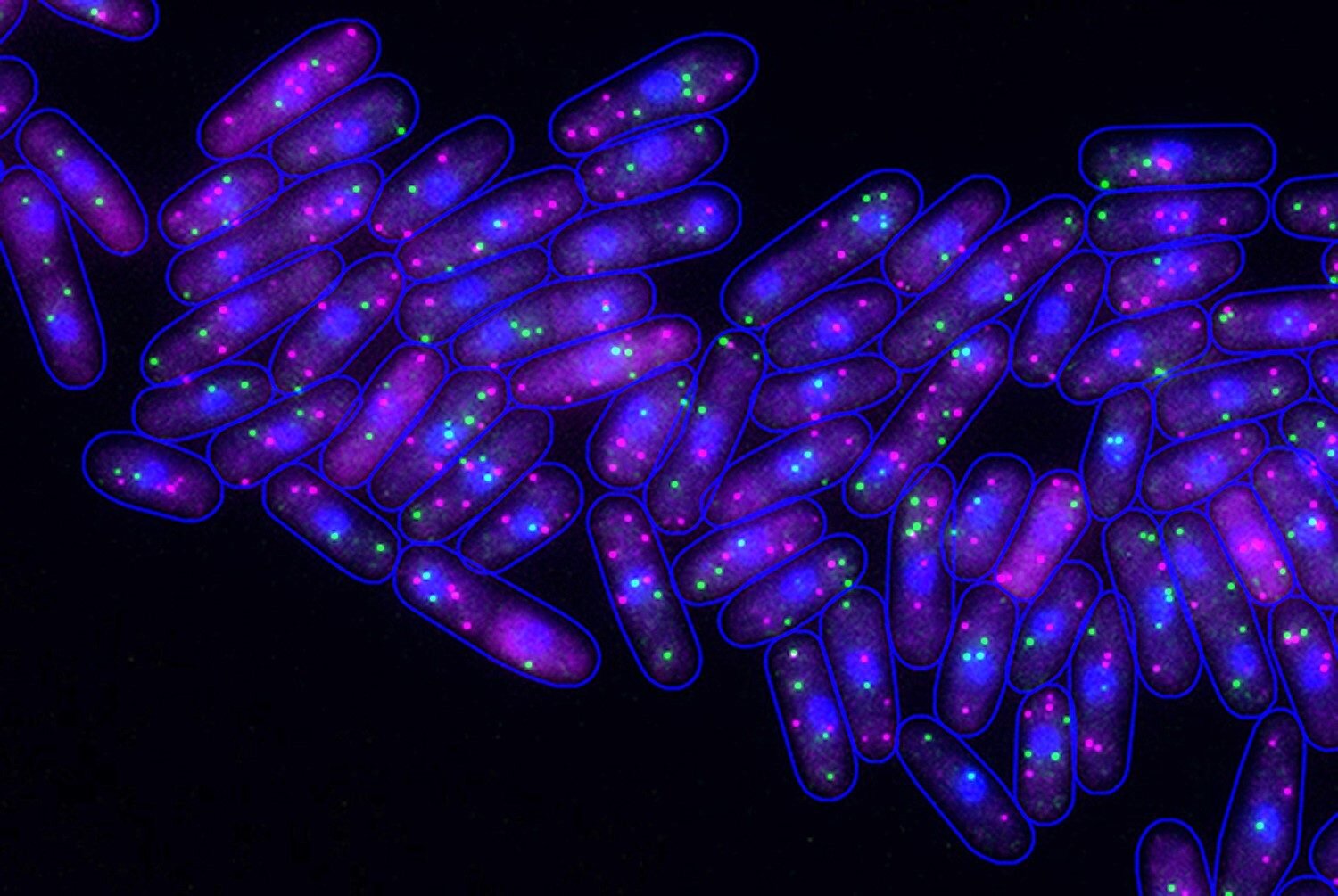Prepare to be amazed by a groundbreaking discovery made by Silke Hauf and her research team while studying cell division. In the midst of their research, they stumbled upon a fascinating phenomenon – certain genes that produce RNA exhibit an incredibly low level of noise during expression, surpassing the established threshold known as the noise floor.
“We have solid data for this phenomenon,” exclaimed Hauf, an associate professor in the Department of Biological Sciences at Virginia Tech. “There are some genes that are different and can have super low noise.”
While high-noise genes often steal the spotlight, Hauf and her team were captivated by these ultra-low noise genes. They offer a unique opportunity to delve deeper into the intricacies of gene expression and gene expression noise.
This groundbreaking discovery, recently published in the esteemed journal Science Advances, features contributions from co-authors Abhyudai Singh, a professor of electrical and computer engineering at the University of Delaware, and Ramon Grima, a professor of computational biology at the University of Edinburgh. Both Singh and Grima are renowned mathematical biologists.
Cells will be cells
Hauf emphasized the significance of this discovery in unraveling the mysteries of cellular behavior. While cells inevitably produce noise, minimizing this noise is crucial for their optimal functioning. Hauf drew an analogy to airports striving to keep their flights on schedule to maximize efficiency. “So it’s exciting to see that there are genes that operate with a minimum level of noise,” Hauf remarked. “Imagine there was a flight that always left within five minutes of the scheduled departure time. Wouldn’t you want to know how the airline does it?”
Opens the door to more discoveries
Hauf is thrilled about the prospect of understanding how cells achieve such remarkable quietness in their expression and hopes to uncover more genes in this category. “We observed these minimal fluctuations in one specific organism and cell type, but we need to investigate other cells to determine if this phenomenon is universal,” Hauf explained.








